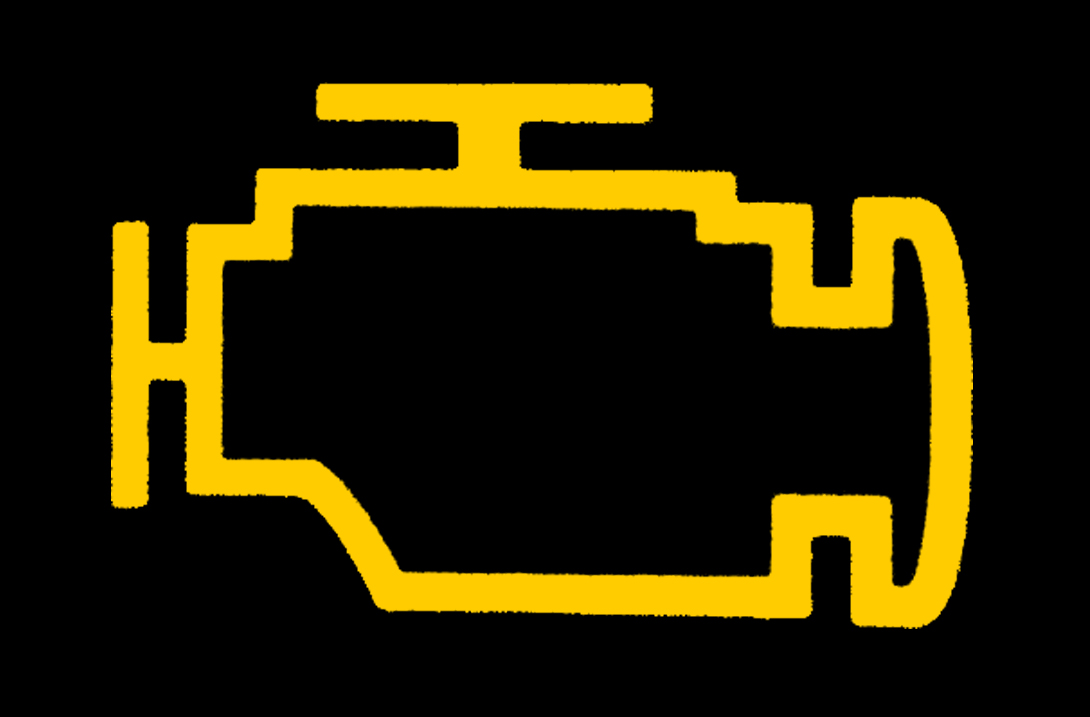Even the most rudimentary, single-celled organism has the ability to seek pleasure and avoid pain.
Why, then, are we – as complex beings with consciousness and choice – taught that the pursuit of pleasure and avoidance of pain are the root of all suffering?
After decades of asking, and searching, I still don’t know. Not for certain, at least.
But I have a theory. (As usual.)
When your car is in need of something – gas, for instance – the only means it has of communicating that to you is the gauge, and eventually the indicator light.
When a baby is in need of something, the only means it has of communicating that to you is by crying and screaming.
This mechanism is highly imperfect to those of us who are tasked with deciphering these signals. But understand them, we must.
Advanced as we are (or as we think we are), we’re still hooked into this system. The problem is that our big brains get confused, believing that the indicator is the problem, as opposed to the guide toward the solution.
Imagine finding your check engine light has turned on, a sight that wollops most humans with something on the panic spectrum. The confusion would lead us to stopping the car, opening the dashboard, locating the bulb, and removing it.
As you know, this will not actually fix whatever issue was threatening your engine. It will most likely cause the fixable issue to become irreversibly catastrophic through avoidance.
The sensation of suffering is the equivalent of our check engine light. In order to make the greatest use of the powerful sign, we must resist getting caught up in its presence and instead begin an inquiry:
- What is asking for my attention?
- Where is the system out of balance?
- What requires a shift in thought or action?
The indicator is the messenger. The suffering is the indicator.
Our miraculous nervous systems, still wired for craving and aversion, are guided toward greater balance and wellness by flashing the warning.
Our job is to heed the message without getting lost in the messenger. The appearance of distress nearly always has much to teach us.
